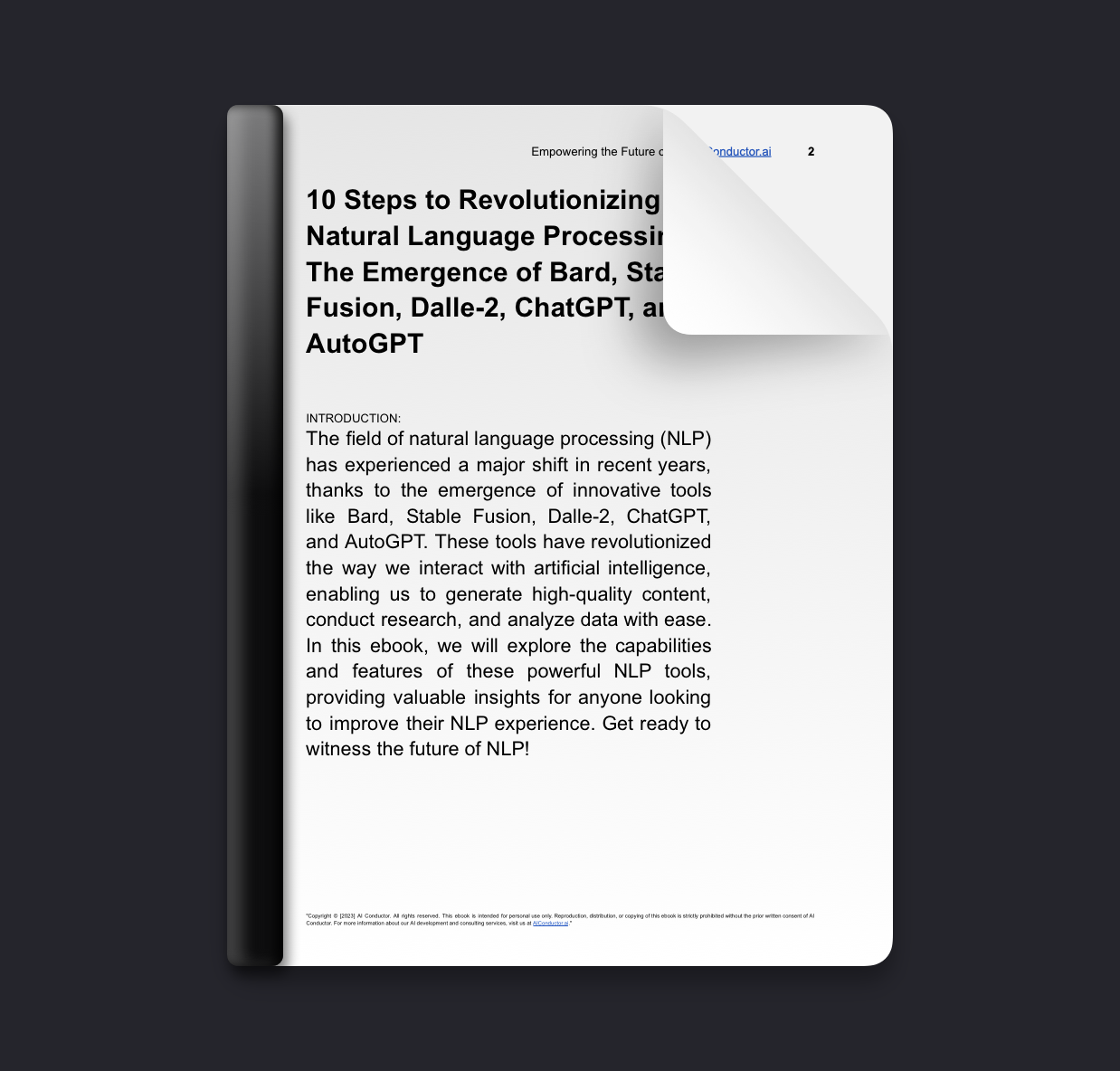We asked:
How can we ensure that algorithms created by artificial intelligence are not perpetuating existing biases and creating further inequality in our society?
The Gist:
The algorithms that power artificial intelligence (AI) are in a diversity crisis. This means that the data that engineers use to train algorithms is not representative of the world's population, leading to biased results. To address this, the founder of Black in AI, a group that promotes diversity in the field, is calling for more representation in the data that is used to train algorithms.

Decoded:
The reach and influence of artificial intelligence and machine learning is growing faster than our awareness of the consequences of such technologies. While the potential of AI is far-reaching, it cannot be fully realized without accounting for its implications on diversity, inclusion and equality.
On February 14th, MIT Technology Review hosted a live event featuring Dr. Timnit Gebru, founder of Black in AI, a research collective committed to increasing the representation of Black researchers in the field. At a time when artificial intelligence is being used to make decisions with major societal implications, Dr. Gebru spoke about the importance of diversity in machine learning, and the dangers of perpetuating existing disparities through algorithms.
Dr. Gebru pointed out that diversity in the field of machine learning is typically quite low—both in terms of the type of data used to generate AI models and in terms of the researchers who build them. She noted that historical data sets often lack representation from disadvantaged groups, leading to poor performance for those same groups in real-world scenarios. Additionally, Dr. Gebru observered that when machines are trained on biased data sets, they can perpetuate inequality in decision-making.
To address this urgent issue, Dr. Gebru proposed a two-pronged approach. First, researchers must strive to increase the representation of marginalized groups within the AI field. This includes encouraging a diverse range of students to pursue STEM-related degrees, supporting the hiring and retention of minority engineers and promoting more inclusive research initiatives.
Second, more rigorous evaluation protocols must be used to test the fairness of a machine’s decisions. Companies should be held accountable for identifying potentially inequitable decisions made by their algorithms and take appropriate action to address any such issues.
At its core, diversity is a core component of machine learning success. Without it, technological progress is likely to be hindered and existing social inequalities will be hard-wired into AI models. Collectively, it is our duty to ensure that the algorithms driving the future are trained on unbiased data sets and serve to benefit all groups in society, regardless of race, gender or background.
On February 14th, MIT Technology Review hosted a live event featuring Dr. Timnit Gebru, founder of Black in AI, a research collective committed to increasing the representation of Black researchers in the field. At a time when artificial intelligence is being used to make decisions with major societal implications, Dr. Gebru spoke about the importance of diversity in machine learning, and the dangers of perpetuating existing disparities through algorithms.
Dr. Gebru pointed out that diversity in the field of machine learning is typically quite low—both in terms of the type of data used to generate AI models and in terms of the researchers who build them. She noted that historical data sets often lack representation from disadvantaged groups, leading to poor performance for those same groups in real-world scenarios. Additionally, Dr. Gebru observered that when machines are trained on biased data sets, they can perpetuate inequality in decision-making.
To address this urgent issue, Dr. Gebru proposed a two-pronged approach. First, researchers must strive to increase the representation of marginalized groups within the AI field. This includes encouraging a diverse range of students to pursue STEM-related degrees, supporting the hiring and retention of minority engineers and promoting more inclusive research initiatives.
Second, more rigorous evaluation protocols must be used to test the fairness of a machine’s decisions. Companies should be held accountable for identifying potentially inequitable decisions made by their algorithms and take appropriate action to address any such issues.
At its core, diversity is a core component of machine learning success. Without it, technological progress is likely to be hindered and existing social inequalities will be hard-wired into AI models. Collectively, it is our duty to ensure that the algorithms driving the future are trained on unbiased data sets and serve to benefit all groups in society, regardless of race, gender or background.

Essential Insights:
Three-Word Highlights
Algorithms, Diversity, Inclusion
Winners & Losers:
Pros
1. We're having a much needed conversation about diversity in AI technology, which is a step in the right direction.
2. By recognizing and addressing the issue, we can create more inclusive and equitable algorithms.
3. We can use this opportunity to create more ethical standards for AI technology.
Cons
1. There may be a lack of diversity in AI technology due to the homogeneity of the field.
2. AI technology can be biased if it is not properly monitored and regulated.
3. There is a risk of AI technology being used to perpetuate existing social and economic inequalities.
Bottom Line:
The bottom line is that algorithms are being poisoned by a lack of diversity in the AI field, and this is having a negative impact on the technology we use every day. We need to prioritize diversity in AI in order to ensure that the technology we use is fair and equitable.
Ref.





